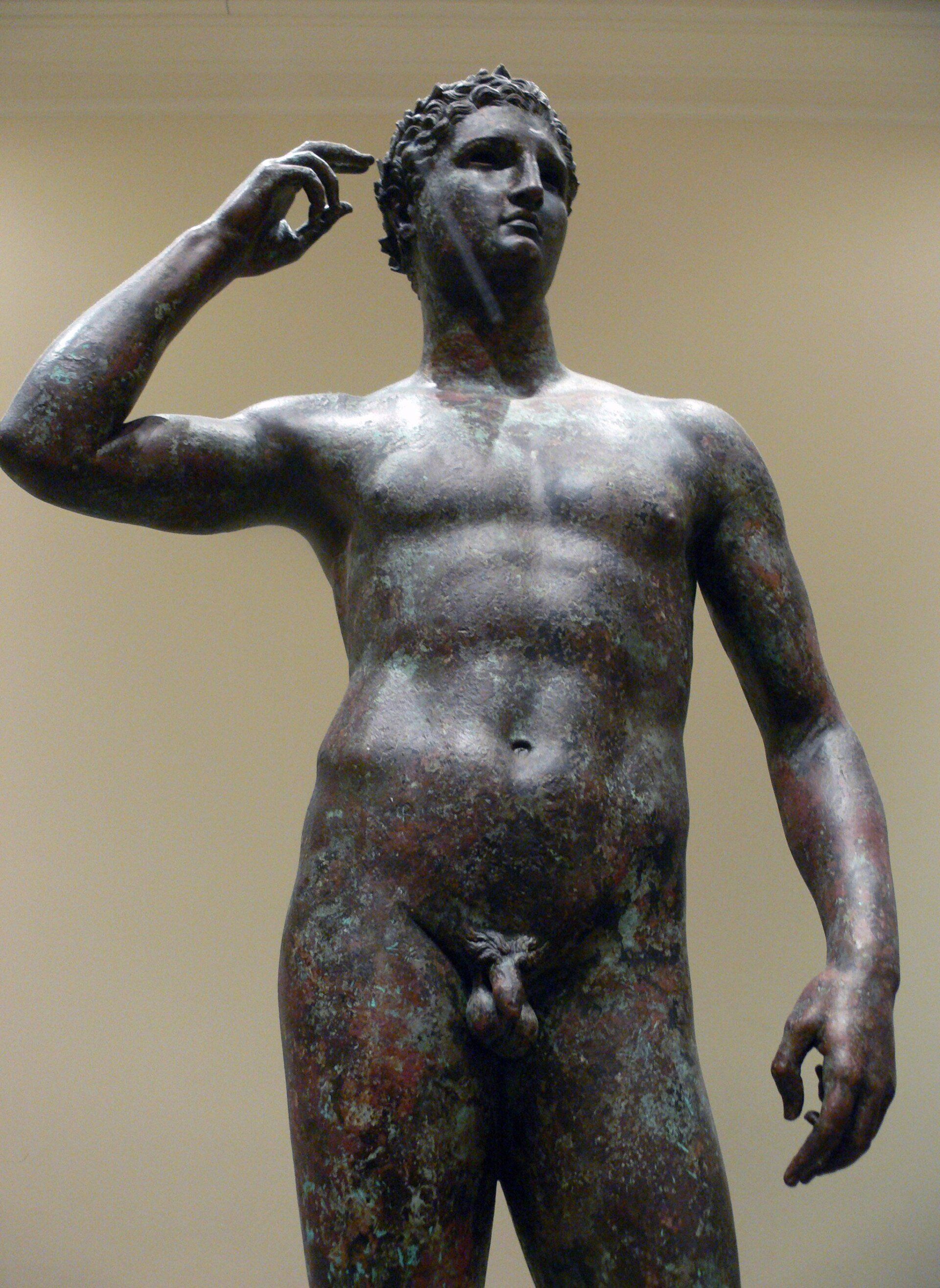Cultural Restitution
SHARE ARTICLE
Will this month’s resolution approved by the Italian Senate’s Culture Commission resolve Italy's long-running struggle to repatriate the Greek bronze statue of ‘Victorious Youth’ now in the Getty Museum?
The primary objective of Italy's new legal instrument is to streamline and strengthen efforts to recover Italy's own cultural heritage. In combination with the announcement of a press campaign to recover the Greek bronze statue of 'Victorious Youth' now in the Getty Museum, the new resolution contains several interesting initiatives designed to give greater prominence to cultural heritage law.
Foremost among these initiatives is the creation of a small pool of specialist district magistrates, all of whom will be specially trained in matters of cultural heritage law. The resolution also aims to encourage more universities to teach legal archaeology in relevant courses and it commits the government to ‘collaborate with the Rai public broadcasting service to raise general awareness among citizens about restitution through programming.’
There are questions whether the unanimous approval given to this month's resolution means the courts and universities can look forward to extra funding. Cultural heritage experts are also curious how it will align with the country’s other legal obligations towards restitution. For example, how will it impact on Italy's compliance with existing conventions such as the 1970 UNESCO Convention, as well as other bilateral agreements already in place?
However, Massimo Seri, the mayor of Fano, has wasted no time in supporting the resolution, insisting that it gives Italy the right to recover the bronze statue known as the ‘Victorious Youth’ ('Getty Bronze' or ‘Atleta di Fano’), an extremely rare, full-size Greek statue made in the 2nd or 3rd century BC, recovered in international waters by Italian fishermen operating out of Fano on the Adriatic coast.
Lost at sea during ancient times, its journey to the Getty Museum in Malibu confirms its status as a prized trophy of illicit smuggling. Discovered in international waters in 1964, the Italian fishermen sold the Greek statue to a group of Italian art traffickers. After smuggling it to Brazil, the traffickers sent the statue to Germany and then onwards to Great Britain, where it was restored to its present condition. It was a member of the European art consortium, Artemis S.A., who brought the statue to J. Paul Getty's attention in 1972. For a time, Getty expressed an interest in purchasing the statue. However, negotiations over its legal title and future ownership ground to a halt. Getty is understood to have requested confirmation in writing from the Italian Minister of Culture that the statue had received permission to leave their country. But before any such guarantee was provided, Getty died. Only months after his death, the Museum’s trustees went ahead in 1977 and purchased the bronze for the sum of $3.98 million. The purchase was made "after extensive review of the relevant facts and law over the course of many years," according to a statement from the Getty Museum. Trustees voted to name the statue the 'Getty Bronze'.
The illicit provenance of the bronze continues to be questioned, so can the Getty continue to hold on to it?
The Museum has consistently defended its legal right to retain the statue, now one of the greatest treasures in the Museum’s collection. Despite several violations of Italian law since the bronze was discovered at sea (including illegal export, failure to notify relevant authorities and the violation of importation rules when the object was first brought ashore), Italy's different legal actions to recover the bronze have all failed. Defending their legal title over the statue, the Getty point to the acquittal of the Italians who purchased the statue from the fishermen and the ruling in 1968 by the Court of Cassation, Italy's highest court, which ruled there was no evidence the statue belonged to the Italian state.
However, in June 2018 a domestic court in Italy, the Tribunal of Pesaro, upheld a long-disputed order of forfeiture, affirming Italy’s legal right of ownership. Unsurprisingly, the Getty has refused to accept this Pesaro ruling on the grounds the statue is not Italian and was not found in Italian waters. "Accidental discovery by Italian citizens does not make the statue an Italian object,” maintains the Museum.
The Pesaro action did succeed in moving the wider restitution debate in a new direction: it underlined the potential for using a source nation’s own domestic laws to repatriate objects smuggled, looted or removed without the permission of that source nation. But it's less clear whether other nations are willing to enforce these judgements. U.S. law does not provide for the return of illegally exported property. As a result, legal experts believe it's unlikely the 'Victorious Youth' dispute could be resolved in Italy's favour without a compatible decision enforceable in the American courts. This would involve the intervention of federal authorities and a forfeiture action brought by the U.S. Attorney.
The effect of this dispute on other collaborative initiatives is worrying. In addition to Italy stalling plans for sharing exhibitions with the Getty, there are now real fears the dispute could lead the Getty to become much less co-operative over future claims for restitution. In past years, the Museum has shown a willingness to co-operate with repatriation claims by Italy, including returning the so-called 'Getty Aphrodite' to Italy in 2007. However, this co-operation may be stretched if Italy uses their new Senate resolution to apply even more pressure on the Getty over the 'Victorious Youth'.
After this was written....
An order from the European Court of Human Rights (ECHR) made on 02 May 2024 upheld Italy's right to seize the statue, upholding a lower court's confiscation order (see: Returning Heritage).
Photo: Bronze statue of ‘Victorious Youth’, Greek, 2nd/3rd cent BC
Courtesy of commons.wikimedia.org
More News




